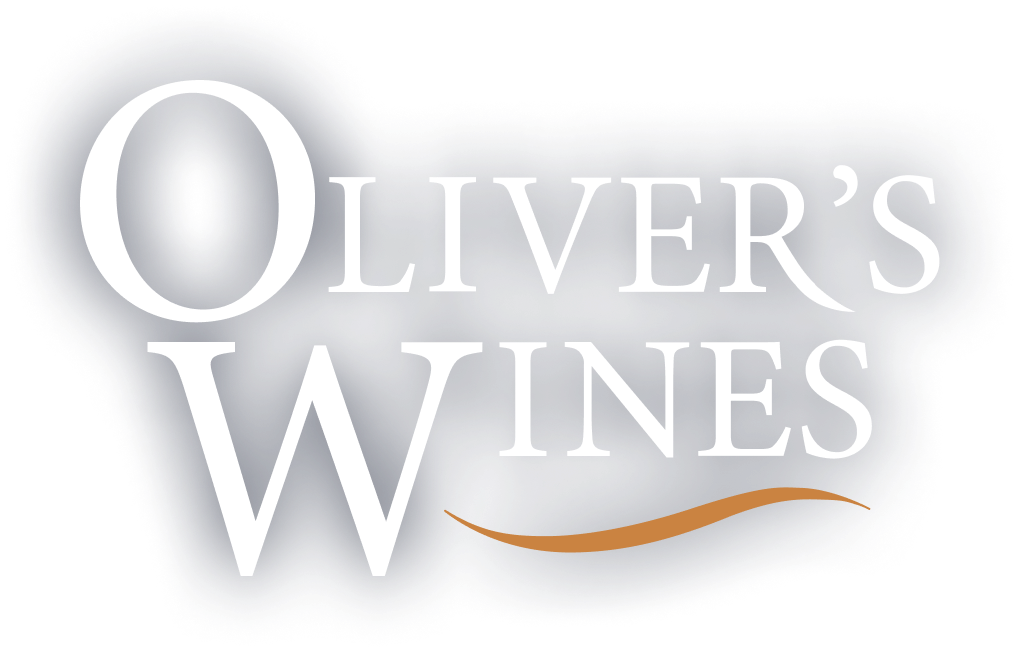Now that the wine industry’s fate appears is inextricably linked to the vicissitudes of the stock market, it’s presenting a very different view to the world at large. Our more serious wine companies would never send out a vintage assessment until their red wines were virtually in the bottle. Now the press releases are in the post before they’re in the fermenting tank. With few exceptions – Murray Tyrrell usually providing the most entertaining of them – vintages would be described in conservative, modest terms. All vintage reports now share the same message of unbridled joy and delight as yet another record-breaking season is brought in from the paddocks. Even Big Murray would blush at the hyperbola dished up by the spin doctors these days. The target for such enthusiasm is clearly the stock analyst, for any wine writer worth his salt is well aware that anyone hyping up a vintage barely in the tank has no credibility in wine circles. But recent months would suggest that the efforts taken by the publicly listed component of the wine industry to woo the share analysts are little more than a total waste of time. With only few exceptions, wine share prices have taken a beating in recent times, especially that of our largest maker, Southcorp. Anyone who knew anything about Australian wine would be aware that in 1999, 2000 and 2001, this country experienced three of its most ordinary consecutive vintages since the early 1980s. And since November last year, 2002 has been shadowed with question marks. None of that is anything new. With the possible exception of McGuigan and Simeon, who are about to merge, the major Australian wine companies listed on the share market are fundamentally the same businesses they were twelve months ago. They have the same resources, the same objects, the same efficiencies, the same distribution channels and the same ability to do their jobs. Yet anyone looking at their share prices and reading the paper-thin analyses provided by the new generation of wine industry experts from their glass CBD towers would probably conclude that something dreadful had recently happened to Australian wine. Season variation, a widely accepted component of most agribusiness, has interfered with the spreadsheets of the dreamers and the analysts. They no longer look so simple and straightforward. Reality has checked in. Even more incongruous is the arbitrary way that our winemakers are affected by the reaction. The way its price is holding relative to other large listed wine makers suggests that BRL Hardy must be doing something somewhere they’re not telling the rest of us about. Logic suggets that all the large winemakers should be broadly affected to a similar extent by poor vintages in quality areas. Furthermore, the largest companies are surely those most securely quarantined from danger in a short-term over-supply. They have the distribution in key markets, they have the established brands, and with their economies of scale, they are the ones in the best position to exploit the availability of cheap grapes. Regrettably, and this is no give-away line, it appears that the only people who understand wine less than those who influence its share price are those who set the laws in Canberra. And that’s another problem entirely. PS. Erratum. The vintage of Shaw & Smith’s M3 Chardonnay reviewed in the last OnWine was incorrectly reported as 1999. The wine is from the 2000 vintage.
Blog
Stay in the know with info-packed articles, insider news, and the latest wine tips.


Oliver’s Wines supports the Responsible Service of Alcohol
ACT | Liquor Act 2010: It is an offence to supply alcohol to a person under the age of 18 years. Penalties apply. New South Wales | Liquor Act 2007: No Alcohol can be sold or supplied to anyone under 18. It's against the law. Queensland | Liquor Act 1992: It is an offence to supply liquor to a person under the age of 18 years. South Australia | Liquor Licensing Act 1997: Liquor must not be supplied to persons under 18. ABN 77 159 767 843. Tasmania | Liquor Licensing Act 1990: It is an offence for liquor to be delivered to a person under the age of 18 years. Penalty: Fine not exceeding 20 penalty units. It is an offence for a person under the age of 18 years to purchase liquor. Penalty: Fine not exceeding 10 penalty units. Victoria | Liquor Control Reform Act 1998: WARNING - Under the Liquor Control Reform Act 1998 it is an offence to supply alcohol to a person under the age of 18 years (Penalty exceeds $23,000) and for a person under the age of 18 years to purchase or receive liquor (Penalty exceeds $900). Western Australia | Liquor Control Act 1988: WARNING - Under the Liquor Control Act 1988, it is an offence: to sell or supply liquor to a person under the age of 18 years on licensed or regulated premises; or for a person under the age of 18 years to purchase, or attempt to purchase, liquor on licensed or regulated premises.
Oliver’s Wines is fully owned by Blackham Holdings Pty Ltd.
- Blackham Holdings Pty Ltd ABN: 18167203670
- Blackham Holdings Pty Ltd ACN: 167203670
- Blackham Holdings Pty Ltd Liquor Licence: . 36312146
Copyright © Jeremy Oliver 2024. All Rights Reserved










